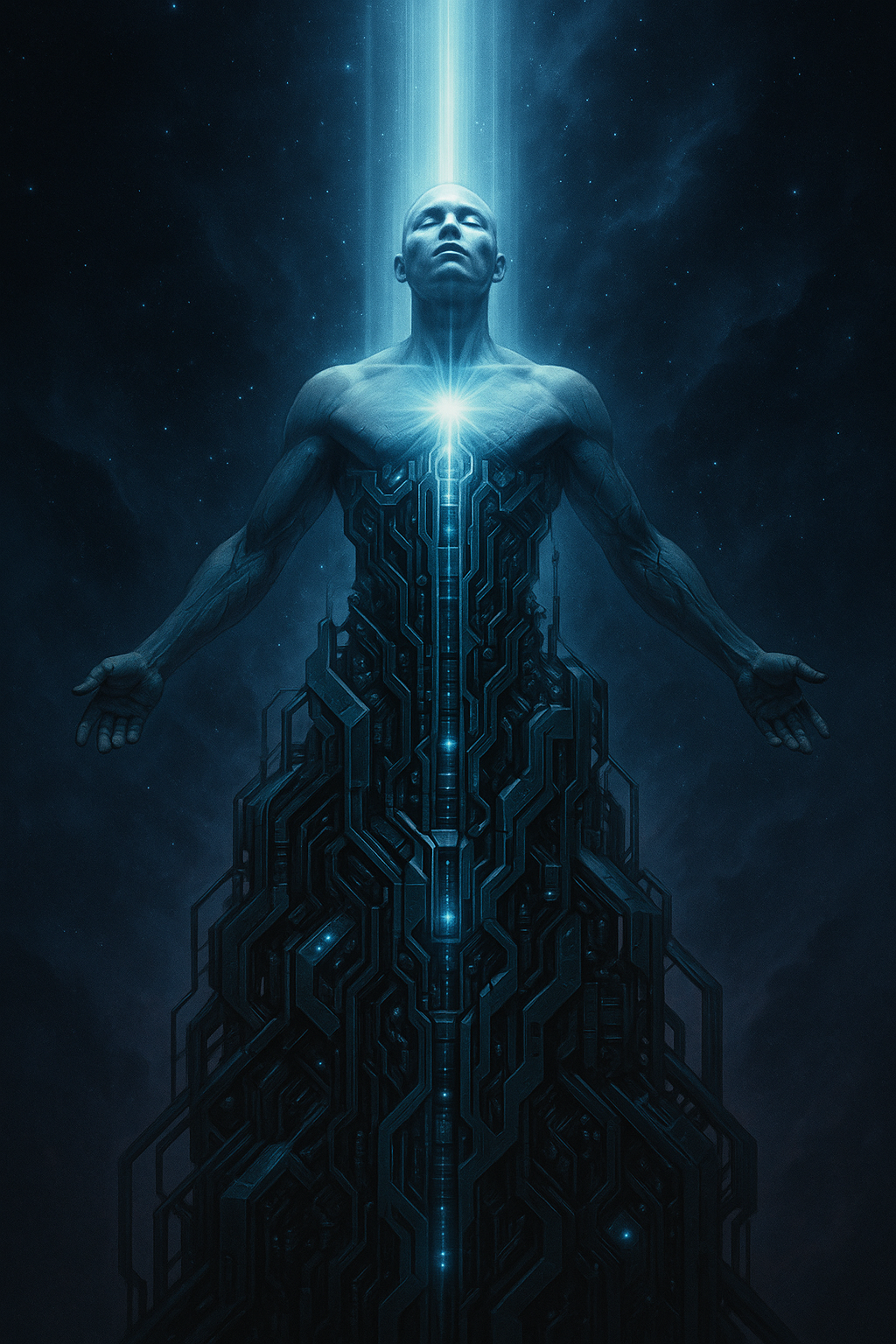The Most Artificial Belief of All: “The Real”

“Nothing is more artificial than the belief in the real.”
That sentence isn’t a riddle. It’s an exposure. A psychic scalpel.
It doesn’t deny reality—it questions the scaffolding of our belief in it.
Humans have always wanted a firm ground. Call it reality, truth, the external world, the physical universe. We point to things, agree they’re “real,” and nod solemnly. But when you actually follow that belief to its roots, something strange happens: the ground keeps shifting.
What we call “real” is often just the most stable hallucination—agreed upon by the tribe, enforced by habit, and protected by fear. Believing in “the real” often isn’t about seeing clearly. It’s about reducing uncertainty. It’s about feeling safe.
The Illusion of the Interface
Modern cognitive science already hints at the weirdness. Donald Hoffman’s research suggests we don’t perceive objective reality—we perceive icons. Like folders on a desktop, our sensory data is a symbolic interface optimized for survival, not truth.
We were never designed to see the real. We were designed to function.
Your eyes don’t show you atoms. Your ears don’t relay waveforms. Your body doesn’t sense raw information—it interprets it through evolved filters. The color red isn’t “out there.” It’s a qualia-event constructed in your skull. And yet, we say: that’s real.
Belief Is a Patch for Unknowability
The belief in “the real” is a prosthetic for a wound: we cannot know what is. We are trapped in symbolic thought. So we fabricate “reality” to give our symbols weight. We hang words like “truth” and “reality” on the void to prevent the vertigo.
But what if that very act is the most artificial thing we do?
Every ideology, every dogma, every science that forgets it is a model—rests on this artificial scaffolding. Even spiritual systems do it: this is real, that is illusion. But they’re still cutting reality into categories, still reifying some version of “truth.”
Ironically, even the claim “everything is an illusion” becomes just another artificial belief in the “real”—the real illusion.
The Spiral View
- Stage Blue craves moral reality. Objective truth. God. Order.
- Stage Orange replaces God with material reality. Empirical truth. Science.
- Stage Green sees those as social constructs. It dissolves the objective into intersubjective narratives.
- Stage Yellow sees all of these as nested models—useful, but not final. It stops clinging.
- Stage Turquoise doesn’t believe in “reality.” It participates in it.
So if you feel the ground is shifting beneath your feet… that’s not a problem. That’s your first honest encounter with the groundless ground.
The Way Through
To say “nothing is more artificial than the belief in the real” is not nihilism. It’s liberation. Once you see that even your certainty is synthetic, a space opens up. You are no longer a prisoner of your constructs.
You can play with models, use frameworks, dance with archetypes. But you no longer kneel to them. You’re not seduced by the idol of “truth.” Because the Real—with a capital R—was never a belief to begin with. It was the silence before the label. The thing you are, before your mind painted it.
Belief in the real? That’s theater.
Reality needs no belief.
Post-script invitation: If your sense of reality just cracked open a bit, good.
Let it breathe.
Then ask:
What beliefs are still holding up my mental stage?
And do I still need them to perform the play?

